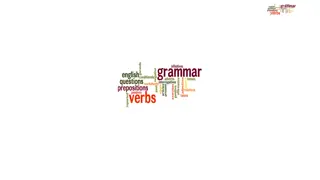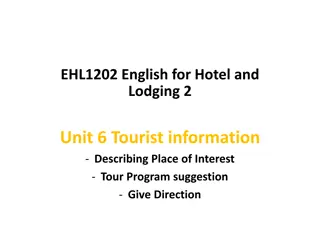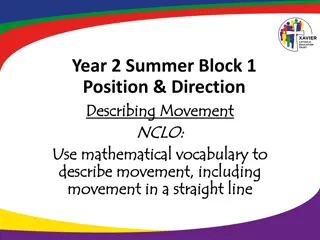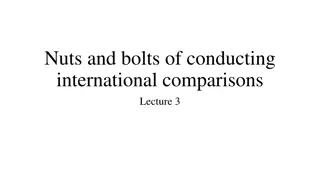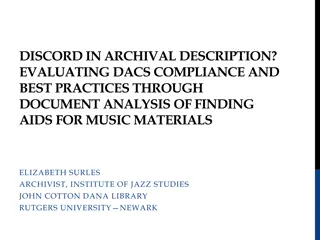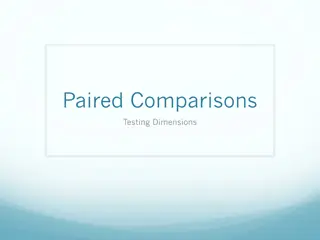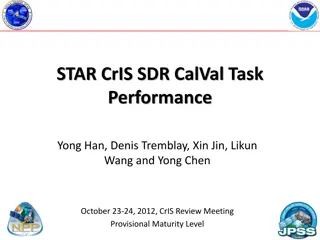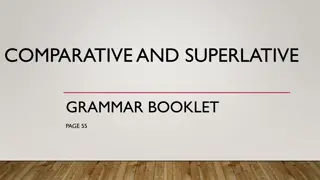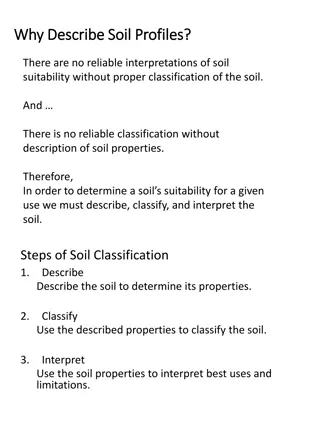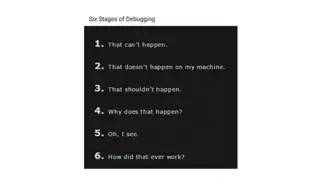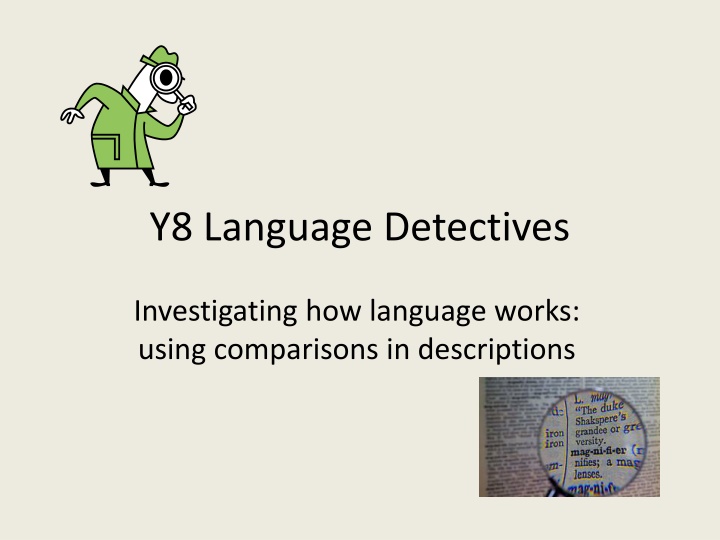
Crafting Vivid Descriptions: Language Comparisons Explained
Dive into the art of creating evocative descriptions through skillful comparisons, as illustrated by astronauts' unique portrayals of Earth from space. Explore how writers utilize comparisons to engage readers and paint vivid imagery, analyzing language choices that enhance descriptive prowess.
Download Presentation

Please find below an Image/Link to download the presentation.
The content on the website is provided AS IS for your information and personal use only. It may not be sold, licensed, or shared on other websites without obtaining consent from the author. If you encounter any issues during the download, it is possible that the publisher has removed the file from their server.
You are allowed to download the files provided on this website for personal or commercial use, subject to the condition that they are used lawfully. All files are the property of their respective owners.
The content on the website is provided AS IS for your information and personal use only. It may not be sold, licensed, or shared on other websites without obtaining consent from the author.
E N D
Presentation Transcript
Y8 Language Detectives Investigating how language works: using comparisons in descriptions
Look at the photographs of Earth as seen from space and read the astronauts descriptions. Which description paints the best picture for you? Explain your choice. A Earth: a small, bubbly balloon hanging delicately in the nothingness of space. (Alfred Worden) ...the size of a marble, the most beautiful you can imagine. That beautiful, warm, living object looked so fragile, so delicate, that if you touched it with a finger it would crumble and fall apart. (James Irwin) ...a sparkling blue and white jewel, a light, delicate sky-blue sphere laced with slowly swirling veils of white, rising gradually like a small pearl in a thick sea of black mystery. (Edgar Mitchell) B C
How do writers create effective descriptions using comparisons? Earth: a small, bubbly balloon hanging delicately in the nothingness of space. In this comparison, the earth seen from space is compared to a suspended balloon. For a comparison to work for the reader, the two different objects being compared need: Something similar e.g. shape, size, texture, actions Something that is different enough to surprise you or make you think What is similar between Earth and a balloon? Both have a round shape; both seem to float or drift in space What is different enough to surprise you or make you think? Why bubbly ? Might this suggest another comparison, between a balloon and a bubble, and how fragile both are (bubbles and balloons easily pop)? Is the idea that the Earth is fragile and delicate too, vulnerable and easily destroyed?
How do writers create effective descriptions using comparisons? Earth...a sparkling blue and white jewel... ...a small pearl in a thick sea of black mystery... .a light, delicate sky-blue sphere laced with slowly swirling veils of white In each comparison: What is Earth compared with? What is similar about the objects? What is different enough to surprise you or make you think?
Looking more closely: what language choices have been made? Choosing nouns carefully: a small bubbly balloon the size of a marble the nothingness of space a small pearl a sea of black mystery Choosing adjectives carefully: a small, bubbly balloon that beautiful, warm, living object so fragile, so delicate a sparkling blue and white jewel Choosing verbs and adverbs carefully: hangingdelicately rising gradually laced with veils of white if you touchedit .it would crumble and fall apart
Write your own description of earth seen from space. You can use any of the ideas or words in the descriptions below, or invent your own. Think: What am I comparing the Earth with? What is similar about the objects? What is different enough to surprise my readers or make them think? What language choices make my description work well? A Earth: a small, bubbly balloon hanging delicately in the nothingness of space. (Alfred Worden) ...the size of a marble, the most beautiful you can imagine. That beautiful, warm, living object looked so fragile, so delicate, that if you touched it with a finger it would crumble and fall apart. (James Irwin) ...a sparkling blue and white jewel, a light, delicate sky-blue sphere laced with slowly swirling veils of white, rising gradually like a small pearl in a thick sea of black mystery. (Edgar Mitchell) B C
Describing a strange new world Can you describe this strange new world by using comparisons and choosing language carefully? You can name the new world if you like. Think: What am I comparing this new world with? What is similar about the objects? What is different enough to surprise my readers or make them think? What language choices will make my comparison work well? Example: Futuris: huge steel buildings, arranged like pieces on a chess board, pierce the sky, while mechanical birds hover and swoop overhead.





